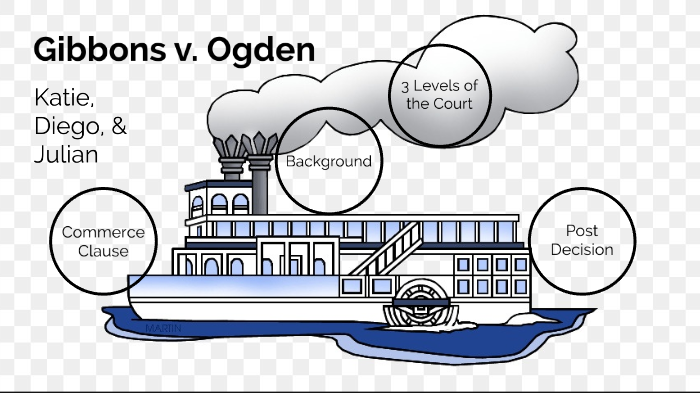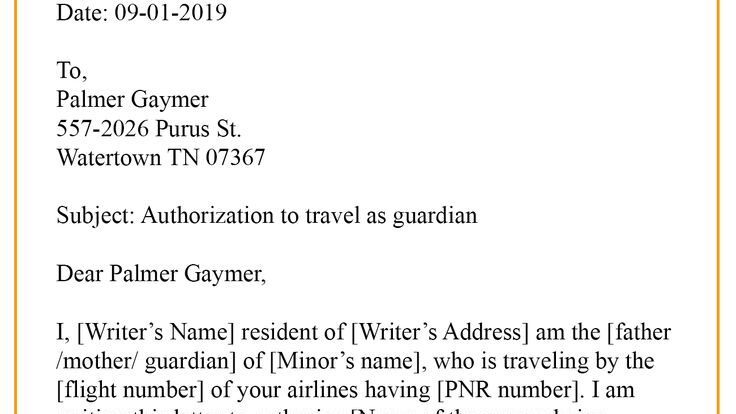
The Difference Between Gibbons and Ogden
Gibbons and Ogden are two distinct entities that have different characteristics and purposes. In order to understand them better, let’s identify each statement as describing either gibbons or ogden.
Gibbons
1. Primates
Gibbons are primates that belong to the family Hylobatidae. They are small apes, known for their agility and vocalization. Gibbons are found in the tropical and subtropical rainforests of Southeast Asia.
2. Brachiation
Gibbons are excellent brachiators, which means they move through the trees using their arms. Their long arms and strong shoulder joints allow them to swing from branch to branch efficiently. This mode of movement sets them apart from many other primates.
3. Monogamous
Gibbons are monogamous creatures. They form long-term pair bonds and exhibit fidelity within their relationships. This is unique among the apes, as most are not monogamous.
4. Vocalizations
Gibbons are known for their vocalizations, which are referred to as songs. These songs serve multiple purposes, including maintaining territory, attracting mates, and communicating with other group members. Gibbon songs are incredibly diverse and can be heard over long distances in the forest.
5. Herbivores
Gibbons are primarily herbivorous, feeding on fruits, leaves, and insects. Their diet is rich in nutrients and fibers, enabling them to thrive in their forest habitat.
6. Social Structure
Gibbons have a unique social structure. They live in small family groups that consist of a monogamous pair and their offspring. The female gibbon tends to be the dominant member of the pair and leads the group’s activities.
7. Vulnerable Status
Gibbons face numerous threats in their natural habitat, including deforestation, hunting, and illegal pet trade. As a result, many gibbon species are classified as endangered or critically endangered by the International Union for Conservation of Nature (IUCN).
Ogden
1. Legal Case
Ogden refers to the landmark Supreme Court case known as Gibbons v. Ogden. This case took place in 1824 and is significant in American constitutional law.
2. Interstate Commerce
The case revolved around the regulation of interstate commerce. Aaron Ogden held a steamship operating license granted by the state of New York, while Thomas Gibbons operated his steamships, licensed by the federal government, on the same routes.
3. Federal Regulation
Thomas Gibbons challenged Ogden’s exclusive license, arguing that federal regulation, specifically the Constitution’s Commerce Clause, superseded state regulations. This case ultimately established the federal government’s authority over interstate commerce.
4. Commerce Clause
The Commerce Clause of the United States Constitution grants Congress the power to regulate commerce between states. The Supreme Court ruling in Gibbons v. Ogden affirmed the broad interpretation of this clause and solidified the federal government’s control over interstate activities.
5. Impact
Gibbons v. Ogden laid the foundation for future Supreme Court cases related to the Commerce Clause, shaping the power dynamics between the federal and state governments in matters of interstate commerce. It played a crucial role in defining the scope of federal authority over economic activities.
6. Legal Precedent
The case served as a legal precedent and has been cited in numerous subsequent court cases related to commerce, federal authority, and the interpretation of the Constitution’s enumerated powers.
7. Importance
Gibbons v. Ogden is a vital case in American legal history as it established the federal government’s role in regulating interstate commerce. It had a lasting impact on the balance of power between the federal and state governments, ensuring a unified approach to interstate trade and transportation.
Conclusion
In conclusion, gibbons and Ogden are entirely different entities with distinct characteristics and purposes. While gibbons are primates known for their brachiation, monogamous nature, vocalizations, and vulnerable status, Ogden refers to the significant Supreme Court case related to interstate commerce and federal authority. Understanding the difference between gibbons and Ogden allows us to explore the intricacies of the natural world and legal history.
Frequently Asked Questions
1. Are gibbons endangered?
Yes, many gibbon species are endangered or critically endangered due to factors like habitat loss, hunting, and the illegal pet trade.
2. What other primates are similar to gibbons?
Gibbons are most closely related to other apes such as orangutans, gorillas, chimpanzees, and bonobos.
3. How did Gibbons v. Ogden impact American law?
Gibbons v. Ogden established the federal government’s role in regulating interstate commerce and shaped the balance of power between the federal and state governments.
4. Are gibbons protected by any conservation organizations?
Yes, gibbons are protected by various conservation organizations, including the International Union for Conservation of Nature (IUCN).
5. Can gibbons swing from trees like monkeys?
Yes, gibbons are excellent brachiators and move through trees using their arms.
Source Image: lawdaryl.com

Source Image: prezi.com
PDF) Digital Literacy and Young Adult Literature | Joyce Kinkead and Kolbie Astle – Academia.edu Aaron Ogden and other competitors tried to forestall the monopoly, but Livingston and Fulton largely successed in selling franchises or purchasing boat of competitors. Good formed one partnership by Thomas Fibbons, but this fell apart after three years when Koboldmaki operated another steamboat on a route the New Yarn that belonged in Ogden.







